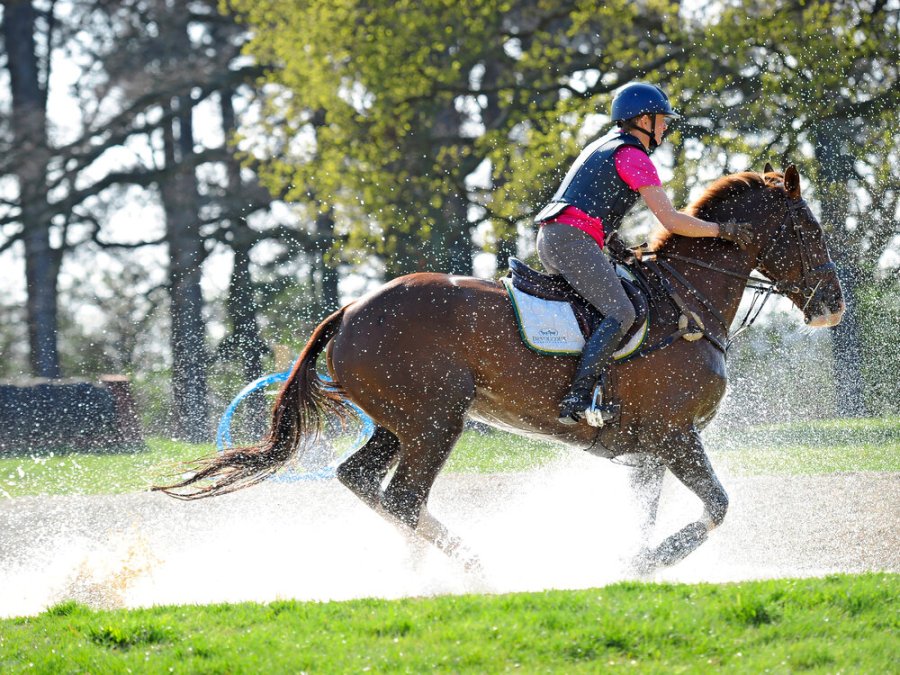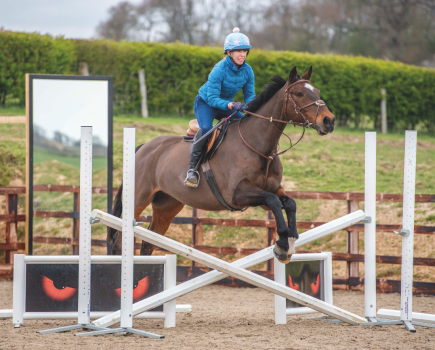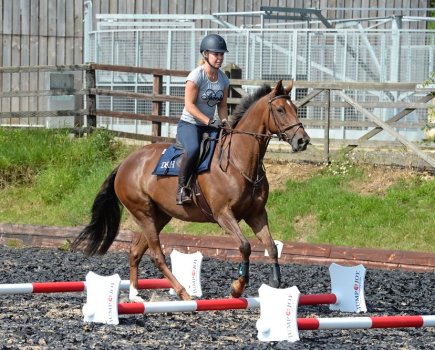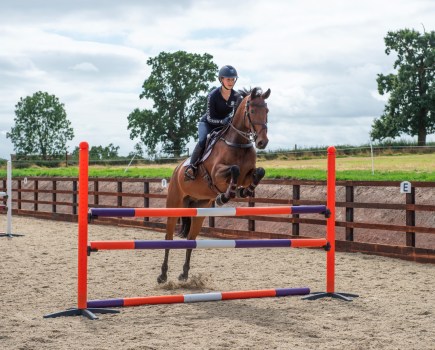Event rider Will Furlong solves common eventing issues, from warm ups to water jumps.
Warm up wobbles
Try to avoid the cross-country warm-up ring. Stroll around the outside of the ring instead while you wait for your turn. Make sure that you’re organised and keep your warm up short and sharp. This avoids any excess time spent in there.
Don’t be afraid to do a bit of ‘dressage’ while in your lighter seat. Transitions — both full and within the pace — and generally keeping your horse’s mind occupied will minimise any distractions.
Acoustic fly veils or ‘ears’ are widely available nowadays and they can be useful if you think the sound of the tannoy is distracting for your horse.
Jumping jixes
If your horse tends to pull his head up when jumping, martingales can be useful for certain horses, although they shouldn’t be used to mask an issue. Generally speaking, horses only raise their heads on the approach to a fence when the rider puts too much pressure down the rein. When training, try leaving your horse to make his own mistakes if he has a tendency to get a little strong and run you in too deep to the jump.
Keep your eye-level up above the fence and your body tall — this will enable your horse to draw himself back and work off the fence without you having to use too much rein.
On a training note, aside from general gridwork, try placing poles before the fence (three yards out), which can be useful for eventually building up to a cavaletti or raised pole. This will really encourage your horse to drop his neck and round over his back before the fence.
Water worries
Water jumps are a common cause for concern – both for riders and horses – but fortunately it’s an easy fix. All too often the horse will hesitate because he feels the rider tense up, perhaps because you’re worried about the horse stopping. It’s a never-ending loop of cause and effect.
If your horse tends to stop at water, get a little bit inventive. Perhaps if you have somewhere that floods or there’s standing water in the arena after it’s rained, place a jump before the puddle so that your horse becomes used to jumping with water on the landing side.
You can then slowly move the fence closer to the puddle/standing water until you’re almost jumping into the water.
If you have any safe rivers/ponds, or if you’re close to the beach, it’s a really good idea to get your horse comfortable with the water until it becomes very natural for him.
Don’t miss the latest issue of Your Horse Magazine, jam-packed with training and veterinary advice, horse-care tips and the latest equestrian products, available now.









